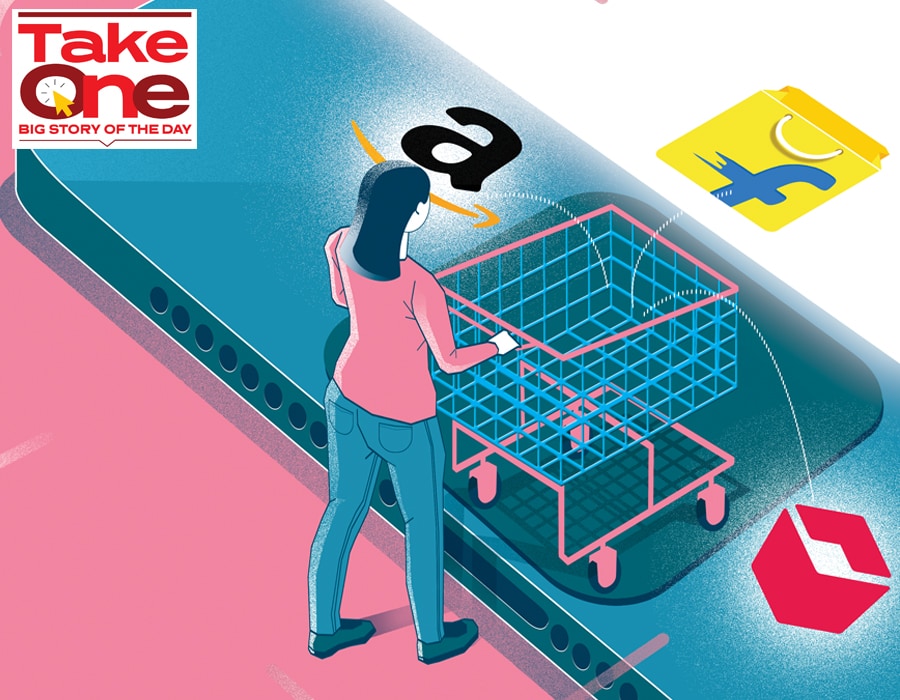
ONDC goes live later this month. What will it take for it to succeed?
The government's open, inclusive and competitive marketplace for ecommerce is said to usher in the next era of retail in India, but in the absence of larger players like Flipkart and Amazon, and no clarity on the architecture of the network, it will be interesting to see how it plays out
 ONDC aims to create an open, inclusive and competitive marketplace for ecommerce, unlike the present platform-centric models where companies like Amazon and Walmart-owned Flipkart have end-to-end control, from seller onboarding to customer acquisition
Illustration: Chaitanya Dinesh Surpur
ONDC aims to create an open, inclusive and competitive marketplace for ecommerce, unlike the present platform-centric models where companies like Amazon and Walmart-owned Flipkart have end-to-end control, from seller onboarding to customer acquisition
Illustration: Chaitanya Dinesh Surpur
In April, Woolly Farms received a notification that a Bengaluru-based buyer was in need of a handful of coriander. The five-year-old startup, which uses urban spaces and sustainable practices to grow vegetables, accepted and delivered the goods to a delivery boy who arrived at their location.
It was the very first transaction in the country, albeit a pilot one, completed through ONDC—the Open Network for Digital Commerce—conceptualised by the Ministry of Commerce.
ONDC aims to create an open, inclusive and competitive marketplace for ecommerce, unlike the present platform-centric models where companies like Amazon and Walmart-owned Flipkart have end-to-end control, from seller onboarding to customer acquisition; order fulfilment to complaint redressal and payments.
“Think of it as us building the roads, while the vehicles—cars, buses, taxis—are the various stakeholders [buyers, sellers, logistics players and payment partners] who will come on board and use the roads and infrastructure that we have built,” says Shireesh Joshi, chief business officer at ONDC.
In the case of Woolly Farms, the buyer logged on to a “buyer application”—Paytm, in this case, which has partnered with ONDC—and searched for “coriander”. The app threw up various options from multiple sellers, including those not listed on Paytm but listed on other platforms as well as those from small sellers who have registered on ONDC. Normally, he would have to search separately on separate apps before finding his desired sprig of coriander. The buyer saw Woolly Farms’ offering, liked it and chose to go with it. He added the product to his cart, chose a delivery provider from the options available and paid for it, again using the options provider among the listed payments partners.








